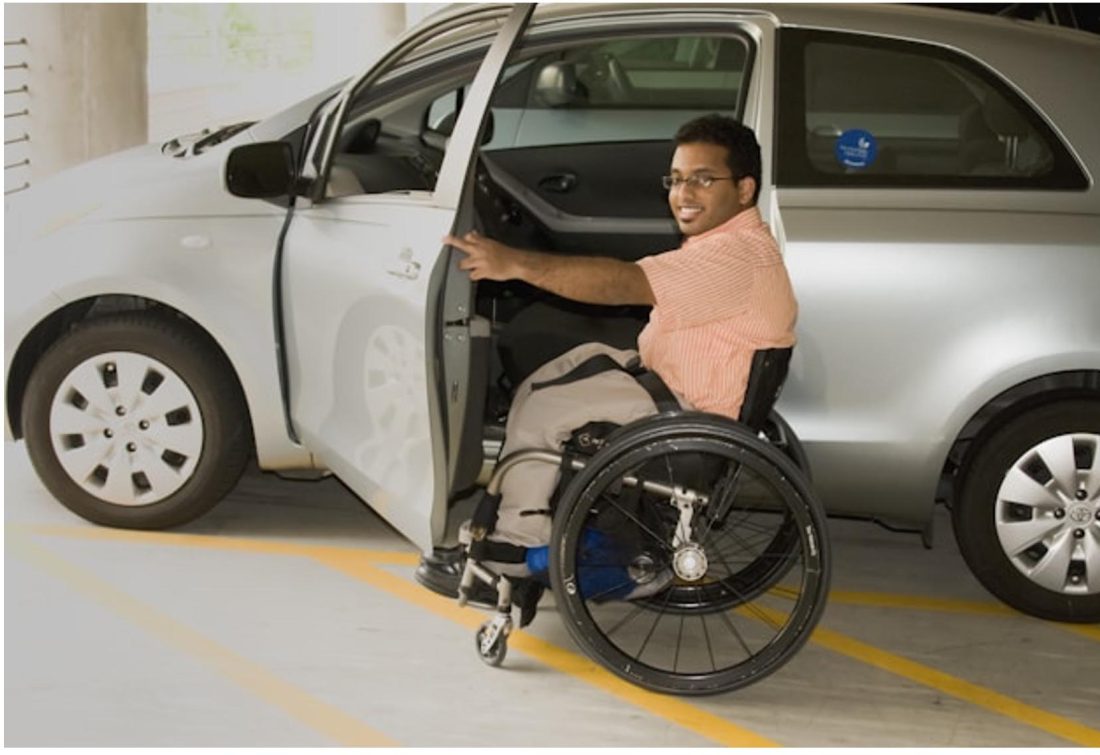Top 10 Tips on How to Buy a Cool Car

Top 10 Tips on How to Buy a Cool Car
Yet another of my favorite questions, I could easily write 5000 words on the tools, tricks, techniques and evaluation criteria I use personally when buying a car. Let’s go into this discussion acknowledging that a lot of people will buy a car just like they pick a girlfriend – considering looks only, and forgetting about the many issues hiding within.
For those people, I can’t help you. You’re going to make a decision based on emotion and most of the time, you’ll get burned, so just buy what you want and don’t bother reading these tips.
For those who are not led around by the wrong piece of your anatomy, read on.
1) Start with a realistic assessment of your finances. How much cash do you have RIGHT NOW in your bank? What’s your credit score? Are you financing? How much can you afford each month? If you don’t start with this step, you’re wasting your time and the time of sellers.
2) Next, you must assess how you will be using the vehicle? Is it a daily driver? Are you commuting long distances? (ex. 50 miles or more round trip, daily)? Will it be parked outdoors or in garage? Will you be racing the car at all? (Intersection takeovers don’t count). Will you be doing autocross? Drag racing? Drifting? Car shows? HPDE events?
3) Where do you live? In the USA or some other country? Rules, prices and roads vary from country to country. Driving a stanced car in Baghdad is probably not a good idea. In other countries like Germany, every single part you add must be TUV certified for you exact year, make and model of car. You need to do this research before you start looking at cars.
4) Is insurance prohibitively expensive for the car you’re considering? In some countries, every modification you make increases your monthly insurance payment. You’ll need to factor the insurance premiums in your budgeting.
5) Does it rain often or snow where you live? If it does, you will want to stick to FWD or AWD. Limit your search to these types of vehicles.
6) What kind of mods do you want to add? Power adders? A body kit? Airbags? A big wing? Certain cars are better platforms for some types of modifications. It’s important that you already know the difference between a turbo, a supercharger and limitations of the stock equipment of any car you’re considering buying. It’s also important that you understand the impact of any modifications you install. If you’re adding a turbo kit that’s going to give you another 100 horsepower, can your transmission and axles handle the power? Will the engine hold together without forged pistons and rods? If you don’t know the answers to these questions, you need to talk to a reputable shop.
7) How long do you intend to keep this car? A couple of years? As long as possible? The answer should impact your decision. The longer you want to own the car, the more careful you will need to be in making sure that the car you’re buying is in good shape and has a good reputation.
8) Have you done any REAL research on the car you’re considering? Example: If you’re thinking about buying a used BMW 335, have you gone online and Google phrases like “BMW 335 common issues?” If you aren’t doing this, you’re really not in a position to be choosing your next car without professional guidance. You should, never, EVER buy a car without doing internet searches on common problems. The information is out there.
9) You need a reputable mechanic to examine the car. If you think a CARFAX reports all damage, you’re kidding yourself. It doesn’t, and I don’t care who says it does. There is NO SUBSTITUTE for having the car on a lift and an expert examining for signs of major damage. Further, if you’re buying car that is turbo’d, supercharger, or known for hooning (ex. you can bet that any G35, WRX, Evo, 240SX, Mustang, Camaro, BMW 335, and any Hemi Challenger/Charger has probably been hooned within an inch of its life), so you’ll want to do an engine compression check. If you can’t afford a compression check, you can’t afford the repairs. Move on.
10) You have to assess your own mechanical skills. If you’ve never rebuilt an engine from a bare block, you probably need to understand that project cars will mean relying on professionals to build if for you. There’s nothing wrong with this – if you can afford it. But don’t buy a disassembled car with the intention of putting back together if you’ve never done it. It might be ok with an old Foxbody Mustang or an old Miata, but beyond that, you probably don’t possess the skills or the tools to put it back together,
All of these things need to be factored into your decision.
So what should you buy?
Keeping all of the above considerations in mind, I’ll simplify my recommendations:
Try to find a RWD or AWD car that fits the above description but also pay attention to one key point: if you’re going to want to extensively modify your car, you MUST buy a car that has a large amount of aftermarket support.
If you want to trick out your car, there must be a catalog of available parts for it. Try to find cars that can be modified with body kits, power adders, big brakes, coil over suspension and so on, IF you intend to install these parts.
Don’t go out and buy a Saturn SC2 then cry when there’s no body kits, big brakes or other similar modifications. You bought the wrong car, so if you’re trying to polish that turd, you;re doing it wrong.
So, you’ll want to pick a car that is a factory turbo, or factory supercharged (if the finances make sense), and then research common problems, decide if the risks are worth it and then get the car checked out by a professional.
Here are some of my recommendations (these are focused on residents of the USA and for the most part, I’m talking about used cars around the $20,000 USD mark).
Mazda Miata (1996-2004) Great cars to learn how to drive fast and improve your skill. Lots of aftermarket support
Foxbody Mustang (1988 -1993) Great cars to learn how to drive fast and improve your skill. Lots of aftermarket support. Super easy to work on and modify.
Subaru WRX (2012 -up) Great cars to learn how to drive fast and improve your skill. Lots of aftermarket support
Toyota FRS/86/Subaru BRZ (2015-up) Great cars to learn how to drive fast and improve your skill. Lots of aftermarket support
Nissan 350Z (2004-up) Great cars to learn how to drive fast and improve your skill. Pretty good car stock. Lots of aftermarket support. Super easy to work on and modify. Straight piping this car gives the owner group a bad reputation, so don’t be that guy.
Infiniti G35/G37 2 door (2006 -up) Great cars to learn how to drive fast and improve your skill. Lots of aftermarket support. Super easy to work on and modify. Straight piping this car gives the owner group a bad reputation, so don’t be that guy. A favorite at intersection takeovers and too slow to get away from cops, so don’t be that guy.
BMW 335 (2008-2012) Cool car. Lots of aftermarket support. Already comes with a turbo.
Ford Focus Hatchback ST or RS (2015 – up). The 2017 RS is hard to find under $28,000, but early models can be found for that price. But even the ST is a worthy player in this space. The RS is all wheel drive, the ST is still front wheel drive.
Nissan 240SX (1989 -up) If you can find one that hasn’t been raped by fanboys who learned how to build cars on YouTube, expect to be $20-$30,000 for anything decent.
VW Golf GTI (2015 -up) – I still drool over the MK2 Golf, but the 2015 Mk 7 seems like the one that has emerged as the best of the bunch.
One last thing: if you buy a vehicle that ignores some or most of the tips I’ve presented, just recognize that you’re buying a car with other priorities taking precedence. If you need a four door because you have three kids by three baby mommas, there’s no shame in that – practicality first.
My goal here is not to shame anyone for choosing a car based on looks, boyhood dreams, or preconceived notions – it’s to gently point you in the right direction to help you find a car that will provide driving enjoyment. All of the cars I’ve recommended are good platforms for modifications.


